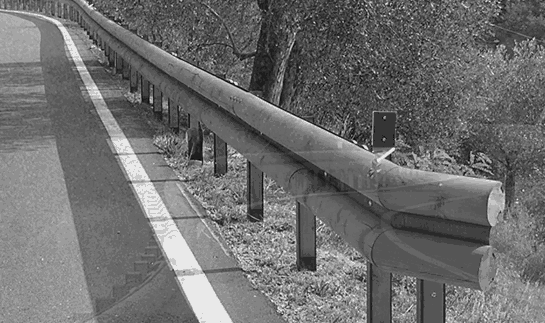
Woodrail Road Barrier
Abstract
The Woodrail® road barrier is designed to improve vehicle safety blending in with the surrounding environment. The barrier has been thoroughly tested and certified against car and bus impact conditions. Since road barriers are built to improve safety of larger road vehicles, they are potentially very dangerous for motorcyclists. For this reason, Woodrail designed a protection system to explicitly account for impact of a human sliding on the road surface and hitting the road barrier; the system can be easily integrated with an existing barrier.

